How Much to Pour 7 Blocks of Concrete
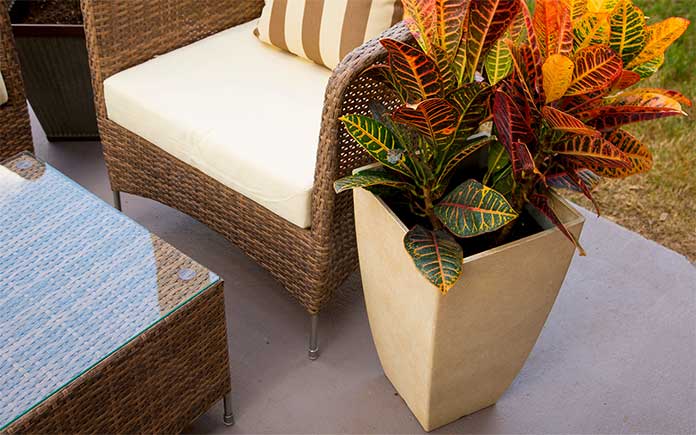
People pour concrete slabs for all kinds of reasons. Home foundations, patios and sidewalks are some common ones. The purposes vary, but the directions pretty much stay the same. Here's how to pour a concrete slab, along with some tips to make the job successful.
Note: When working with cement-based products, always wear eye protection and waterproof gloves.
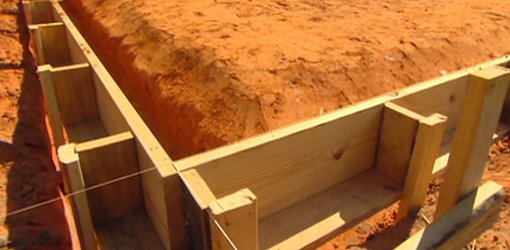
Step 1: Prepare the Site and Construct the Form
Every strong concrete slab starts with a well-built form.
First, excavate the slab area to a depth of about 7 inches, allowing 3 inches for a gravel base and 4 inches for concrete.
Then construct the form with 2-by-4 or 2-by-6 lumber, and secure it in place with wood stakes and deck screws.
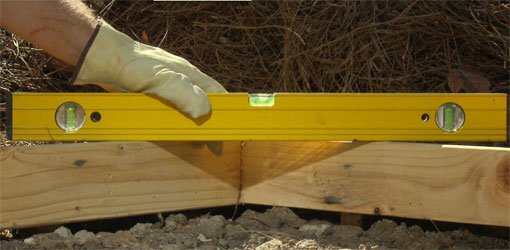
Step 2: Level the Form
Make sure the form is level, allowing ¼ inch slope for every 12 feet of the slab. This allows for rain run-off to protect the concrete.
Keep in mind that patio and sidewalk forms should slope evenly away from structures. It's important to direct rainwater away from the home's foundation to prevent soil erosion.
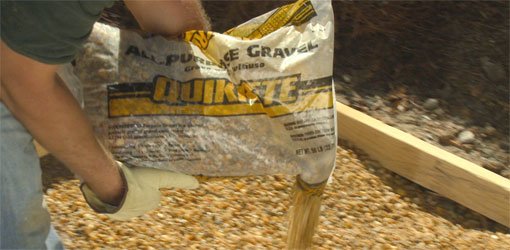
Step 3: Add the Gravel Base
A solid sub-base will help prevent erosion and slab settling.
Pour 3 to 4 inches of QUIKRETE All-Purpose Gravel in the form, and even it out.
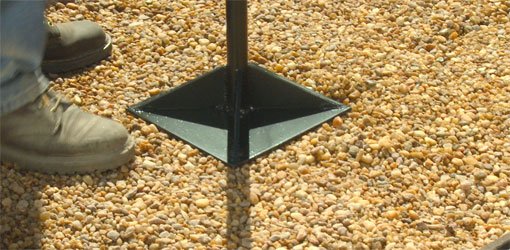
Step 4: Compact Gravel Base
Compact the gravel base in the form using a tamp. A solid sub-base will help prevent erosion and slab settling.

Step 5: Dampen the Gravel
Dampen the gravel base using a garden hose. This will help prevent shrinkage and cracking, especially in hot temperatures.

Step 6: Pour the Concrete
Mix up Quikrete Concrete Mix , as directed on the package, and evenly pour it into the form.
Tip: The tops of the concrete mounds should be about 2 to 3 inches above the form before leveling.
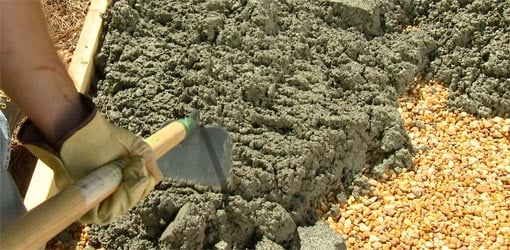
Step 7: Spread the Concrete
Use a hoe to consolidate and distribute the concrete evenly in the form. The concrete's surface should be relatively flat and slightly above the form.
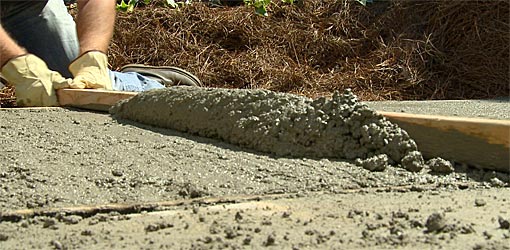
Step 8: Screed Concrete
Use a straight 2-by-4 as a screed to level the concrete to the form. Move the board back and forth across the surface of the concrete in a sawing motion.
Then, use the top of the form as a guide to remove excess concrete and smooth the surface.
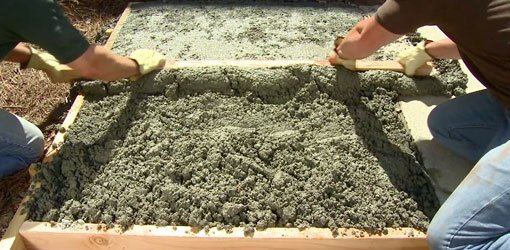
Step 9: Fill in the Low Areas
Despite screeding the concrete, you're bound to still have some areas that need a bit more concrete.
Add concrete wherever it's needed and, once again, screed the concrete so it is level with the form. You may have to do this a few times to get it just right.
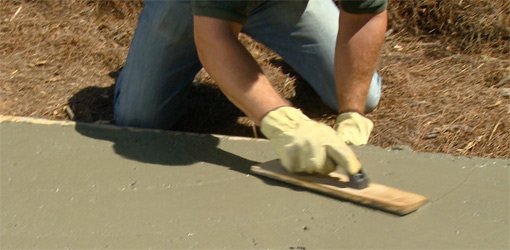
Step 10: Run a Float Over the Concrete
Once the concrete has lost its sheen, smooth its surface using a wood float in an arcing motion.
After that, drag a stiff-bristle broom over the concrete to create a non-slip finish. Make all the broom strokes in the same direction.
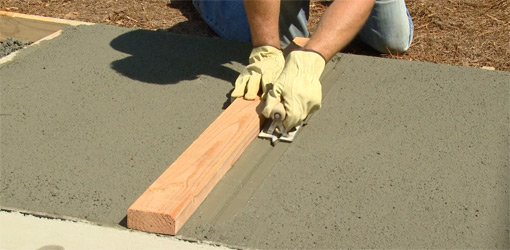
Step 11: Cut Control Joints
All building materials expand and contract with extreme thermal changes. Cutting control joints in the concrete slab helps to reduce the impact — and potential cracks that could form — as seasons change.
Cut control joints a minimum of 1/4 the slab's depth using a groover and a straight edge. A 4-inch-thick slab requires control joints every 10 feet, at minimum, in each direction.
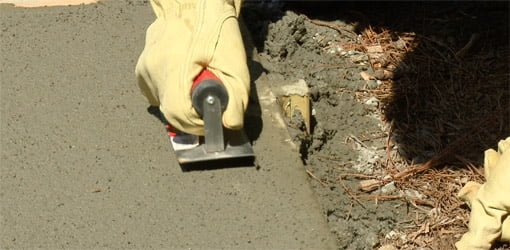
Step 12: Edge the Concrete
Use an edging tool to consolidate and shape the slab's edges. Make several passes in each direction for a smooth finish.
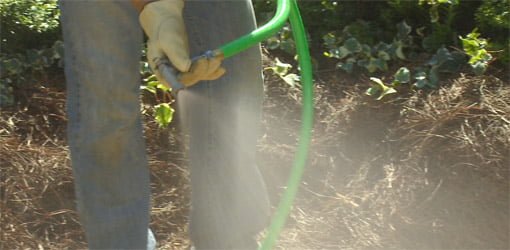
Step 13: Allow the Concrete to Cure
Water-cure freshly placed concrete for a minimum of 3 to 5 days with a fine water mist.
TIP: Instead of water-curing, you can apply QUIKRETE Acrylic Concrete Cure & Seal immediately after finishing the concrete. Acrylic Cure & Seal can be applied with a roller, garden sprayer or a brush.
To learn more, visit www.quikrete.com .
For more information:
- How to Make a Screed Board
- What Is the Best Type of Driveway for Your Home?
- How to Level the Gravel Base for a Block Retaining Wall
How Much to Pour 7 Blocks of Concrete
Source: https://todayshomeowner.com/pouring-and-finishing-a-concrete-slab/